18 common flower breeding techniques Introduction to the variety "Morning Star" of Dianthus salsa
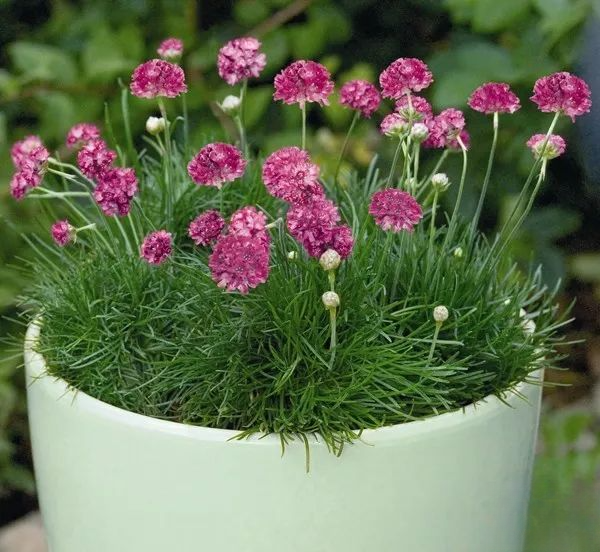
Armeria maritima is a perennial herb native to Europe and America. The petals are dry, and the small flowers gather into dense balls. Planting in groups can form a very beautiful landscape. The best growth temperature is 20-22 degrees. Generally, it can sprout in about 7 days. It has strong salt and alkali resistance. The seedling stage of the plug tray is 2 months, the vegetative growth period is 4 months, and it blooms 8-10 months after sowing, including vernalization; cut flower production time: 2-3 years.
Application: A perennial evergreen light-loving plant used in rock gardens, flower borders and cut flower production.
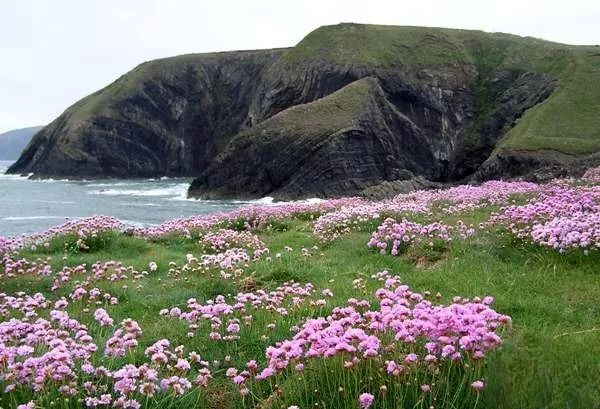
Wild sea pink, do you know why it is called sea pink?
1. Variety introduction
Morning Star is a seed pre-treated variety launched by the German company Benelli. It can bloom without vernalization and is one of the most widely used sea dianthus varieties in the world. The plant is 20 cm tall, with deep rose-colored flowers. It blooms 4-5 months after sowing and has a long flowering period.
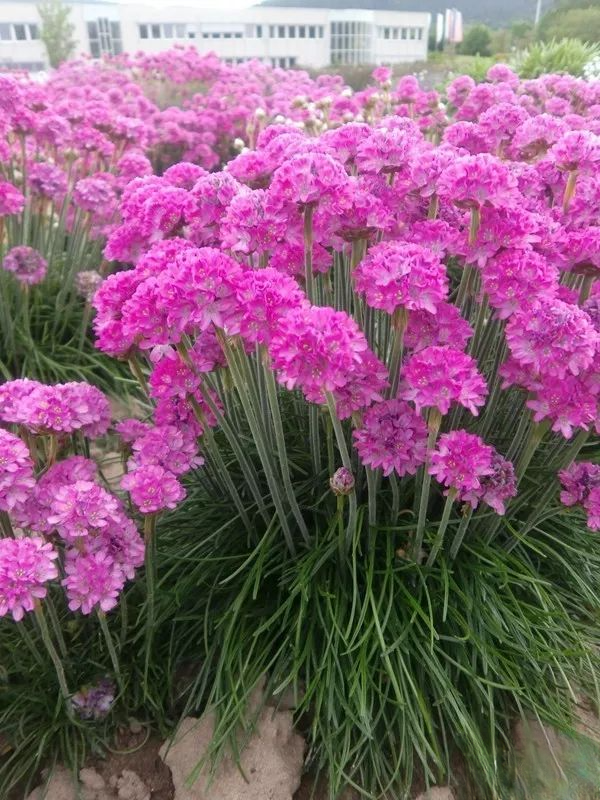
Effect of planting sea dianthus morning star in the ground
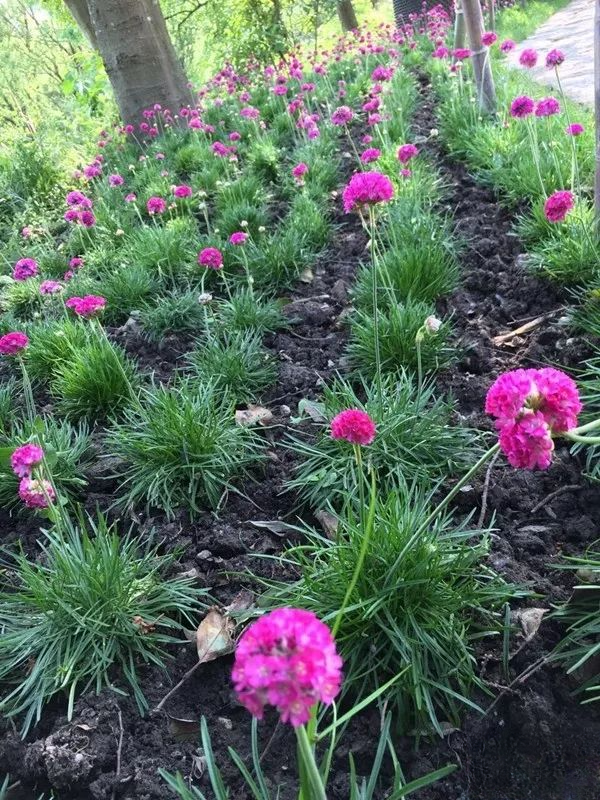
The effect of the newly planted sea dianthus in Xixi Wetland Park in Hangzhou
2. Sowing and raising seedlings
Sowing method: 2-3 seeds/hole;
Sowing time: It is in vegetative growth from January to June, and it can bloom from June to August.
Germination conditions: When the temperature is 20-21℃, germination can occur in 6-10 days. Keep the EC value in the substrate low and the pH value 5.8-7.0. Cover the seeds lightly with vermiculite after sowing. Keep the soil slightly moist, but not too wet.
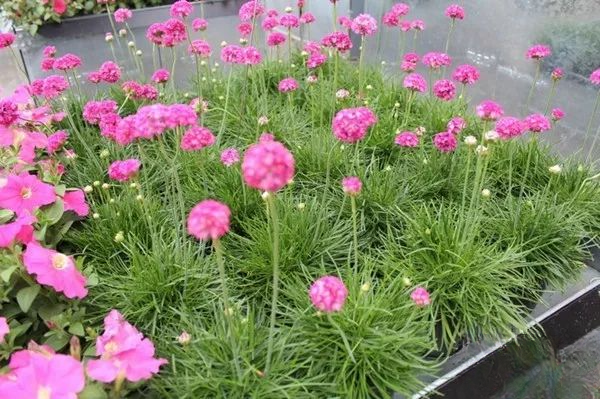
Flowering effect of Dianthus marinum planted in large plug trays
Management of seedlings in trays: Starting from the second stage, i.e. after germination, reduce the humidity of the substrate, but do not let the tray dry out, and lower the temperature to 17-20 °C. At the same time, the EC value cannot be higher than 0.5 EC. You can apply 50 ppm of balanced nitrogen fertilizer appropriately.
In the third and fourth stages, i.e. after true leaves emerge and before transplanting, nitrogen fertilizer is increased to 100 ppm.
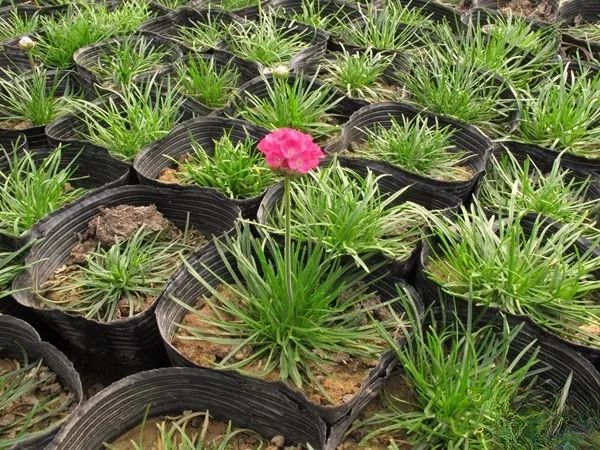 Effect of planting sea dianthus in 10*10 nutrient bags
Effect of planting sea dianthus in 10*10 nutrient bags
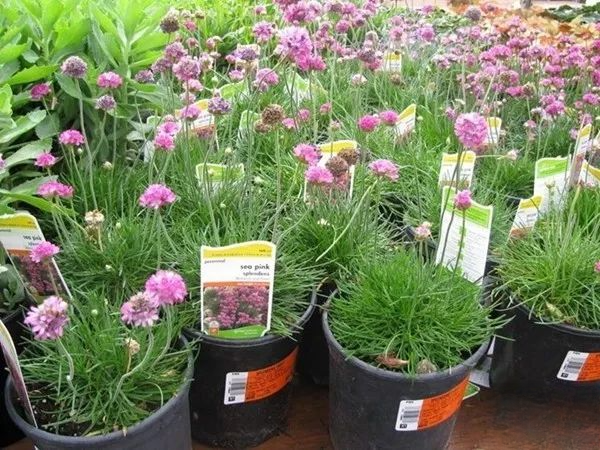
The sea dianthus that is waiting to be married is not only an excellent flower material for municipal use, but also a new favorite for home gardening!
3. Transplanting
3-4 weeks after sowing, transplant 1-3 plants into a (7-9cm) diameter plug tray, or transplant 4-5 plants into a larger pot with a diameter of 10-15cm. For cut flower production, leave a space of 20-25 x 20-25 cm per plant.
Substrate: Use a well-drained substrate, 0-15% clay, 0-10% sand and 0-15% organic fertilizer (e.g. bark). 1-1.5 kg/m3 of balanced fertilizer, 1-2 kg/m3 of slow-release fertilizer (3-9 months), chelated iron, trace elements, PH=5.8-7.0.
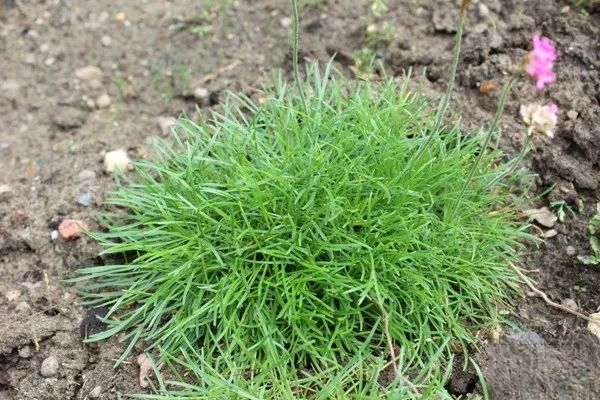 When not in bloom, the sea pink is shaped like a ball of hair and is evergreen like spring.
When not in bloom, the sea pink is shaped like a ball of hair and is evergreen like spring.
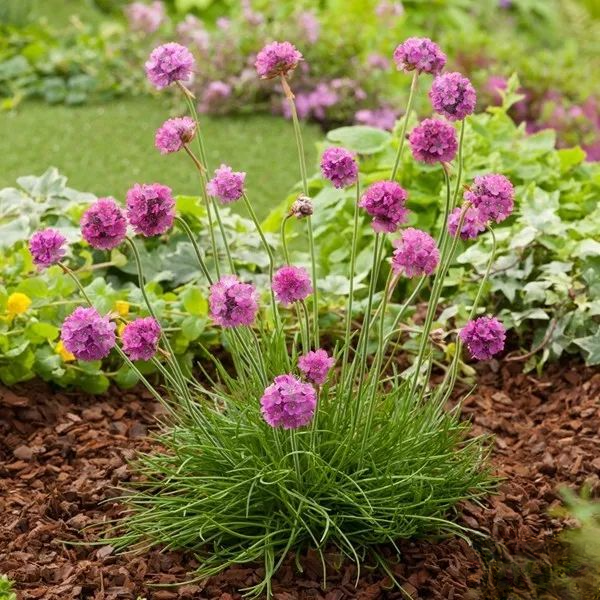
The sea pink presents a great visual effect when it blooms
Soil requirements: Humus and loam with good drainage. Fertilization standard: 50-80 g/m2 slow-release fertilizer.
Light: Light-neutral plants, maintain high light intensity. For early planting in early spring, plants need to be provided with supplementary light during this period.
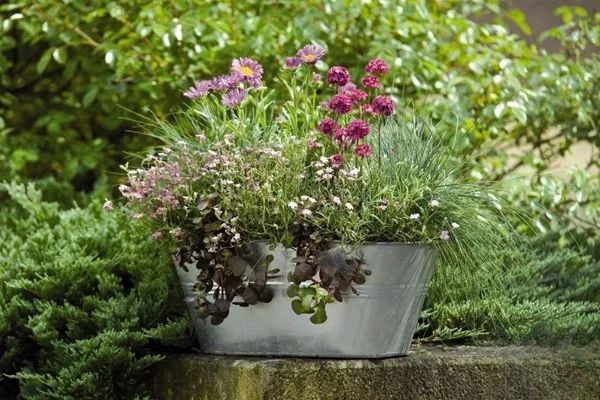 Sea pink is interesting as a combination potted plant
Sea pink is interesting as a combination potted plant
Temperature: The optimum temperature for growth is 13-17℃. Cover when planting outdoors. Spring seedlings grow for 10-11 weeks at a temperature of 15-18℃. Low temperatures of 7-12℃ will extend the cultivation time, and temperatures below 7℃ will stop the plant from growing.
Fertilization: Low and moderate fertilization is required. Apply 60-80ppm nitrogen fertilizer (2 kg slow release fertilizer per cubic meter of substrate) weekly, and balanced potassium fertilizer is required. Avoid high concentrations of ammonium and nitrogen fertilizers. Do not fertilize after mid-September. Supplement with 60-80ppm balanced nitrogen fertilizer when growth begins in the spring. Supplement 0.05% magnesium sulfate 1-2 times as appropriate to prevent magnesium deficiency in the plant. Also supplement 1-2 times with chelated iron to prevent iron deficiency.
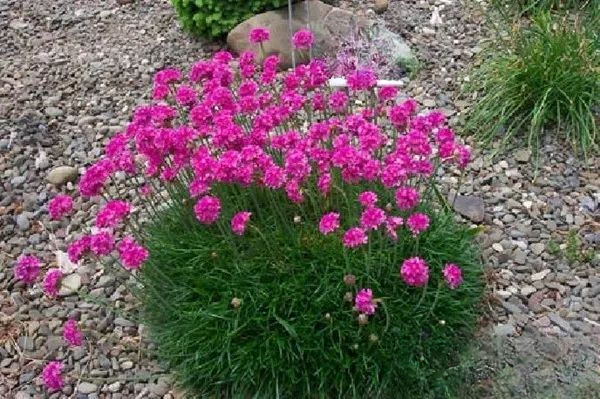
Soil requirements: If necessary, in order to improve the capacity of the soil, it is decided after analysis that 50-80g/m2 of slow-release fertilizer should be applied each year.
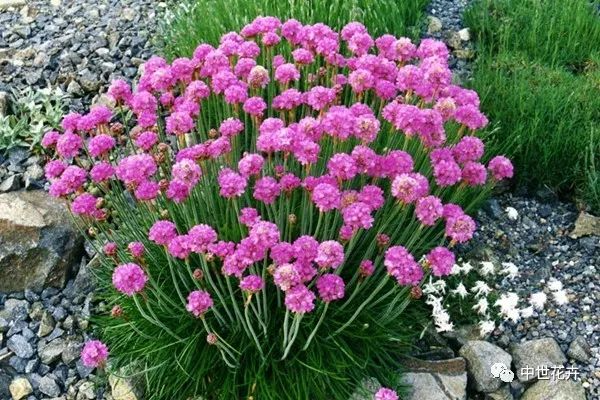
Sea dianthus performs particularly well in rock gardens
4. Cultivation Tips
To prevent root diseases, the planting medium and container need to be disinfected with fungicides. Sea pink grows slowly and forms a taproot. The cultivation environment needs to be dry, well-lit and well-ventilated. The roots of sea pink are very sensitive to the moisture of the cultivation medium or soil. Wet roots will greatly reduce its frost resistance.
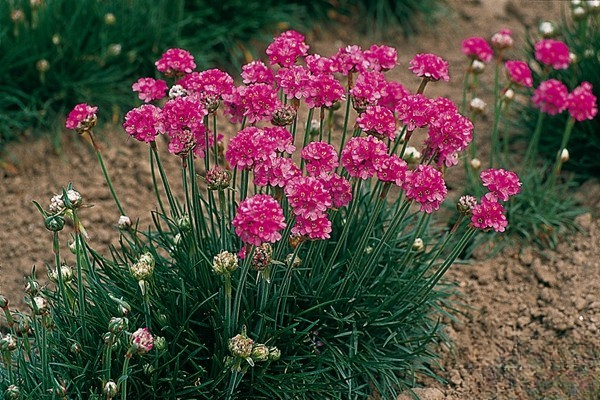
Sea pink is not tolerant to moisture, so try to pile the soil higher when planting.
5. Cut flower production
When the petals are stretched, they can be harvested as cut flowers. Vase life: 10-15 days. Each plant can harvest 20-30 flower stems per year. The flowers of the plant can be used as decorative materials for flower arrangements.
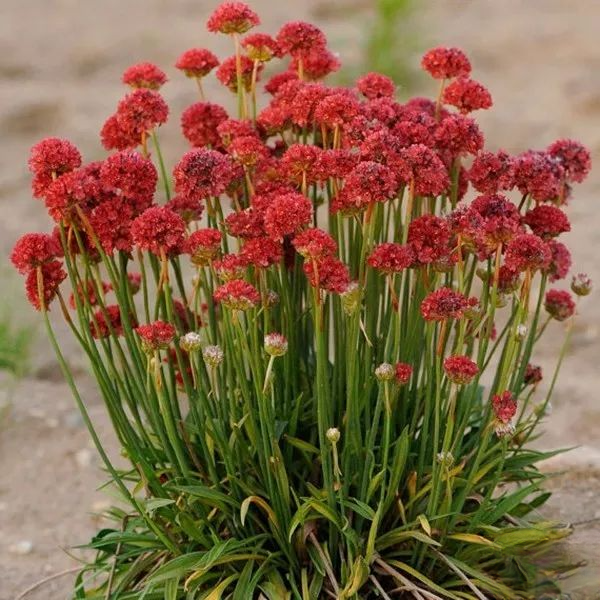
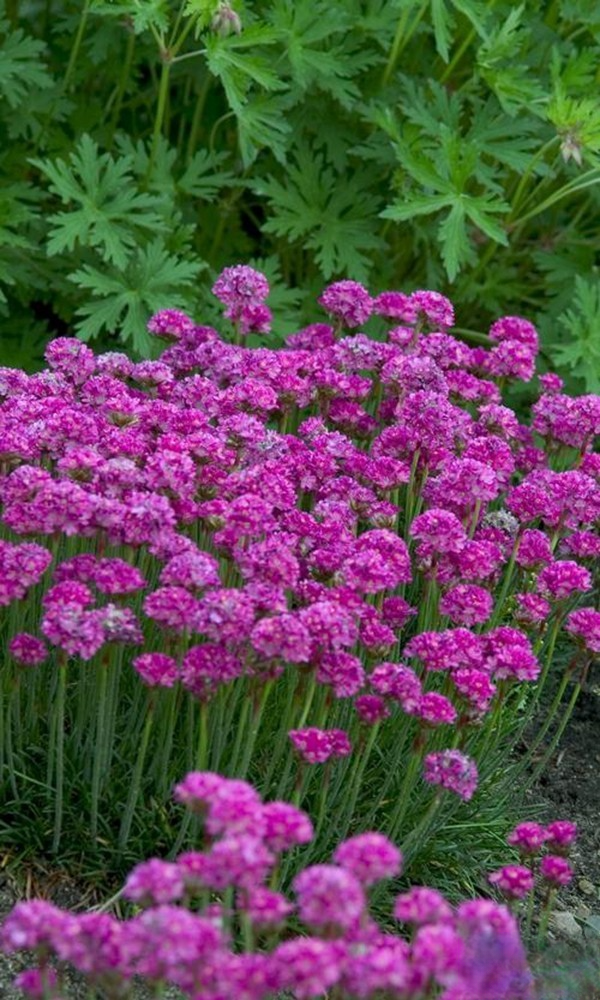
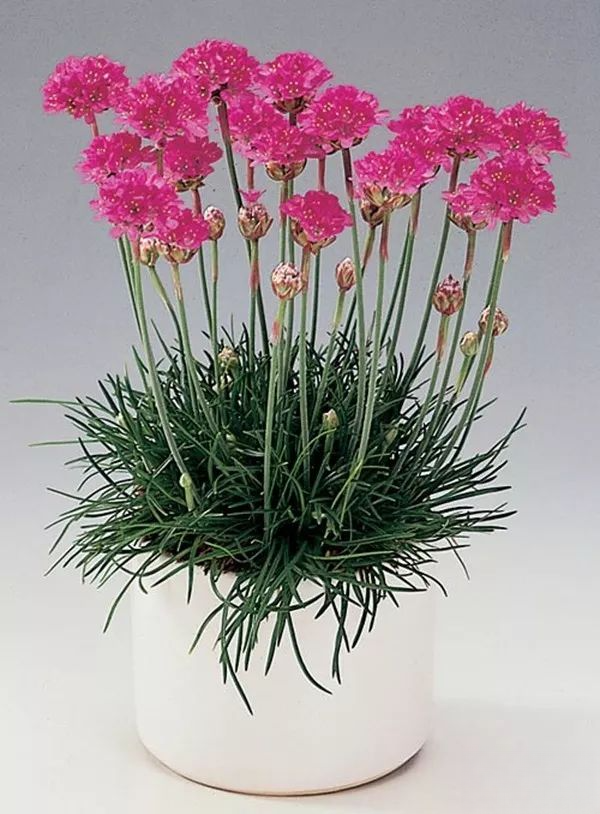
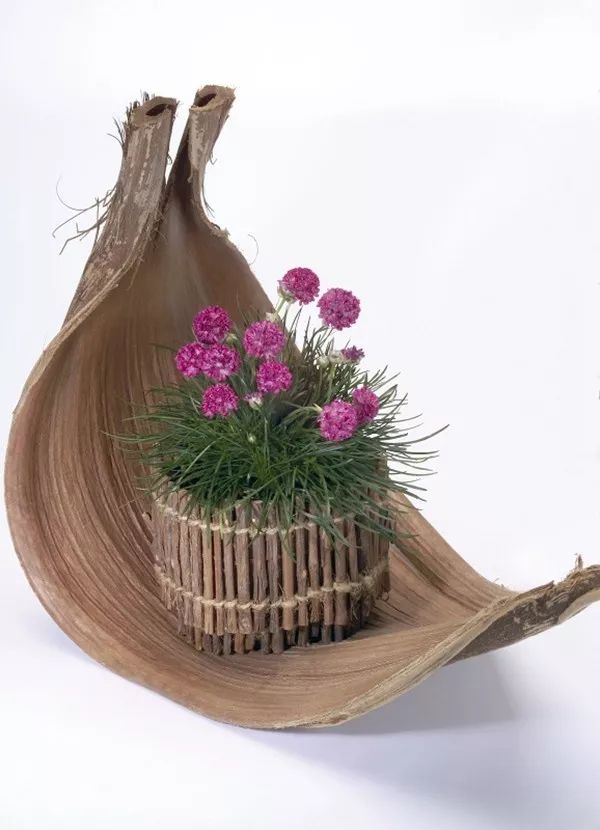
Are you attracted by the wide application of sea dianthus? Please stay tuned for more wonderful articles!

Author: Zhao Juan